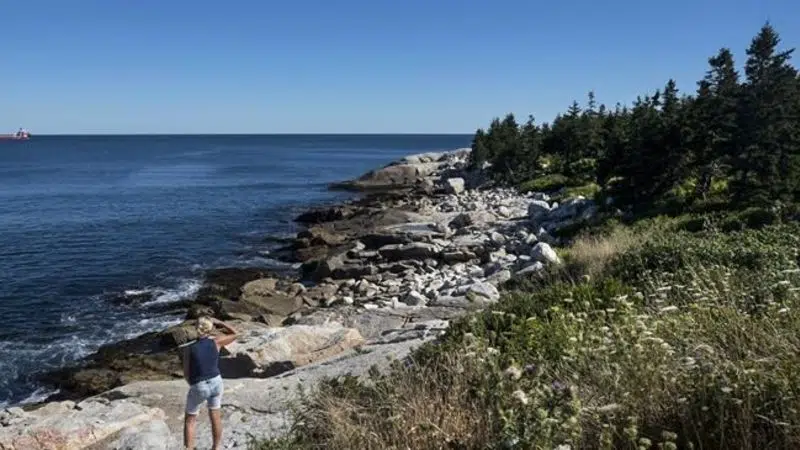
Buildings, coastlines, northerners: Report identifies top Canadian climate risks
New research for the federal Treasury Board has concluded that buildings, coastlines and northern communities face the biggest risks from climate change in Canada.
In a report released Thursday, the Council of Canadian Academies has narrowed down a myriad of threats posed by climate change into the most pressing dozen — a list co-author John Leggat hopes will wake people up to the urgent need to prepare for them.
“(Most) think it’s someone else’s problem to solve,” he said. “It kind of goes to the root of the problem.”
The council is comprised of Canada’s leading academics and researchers. The report, done at the Treasury Board’s request, was conducted by experts from industry, insurance firms, engineers, sociologists and economists.


